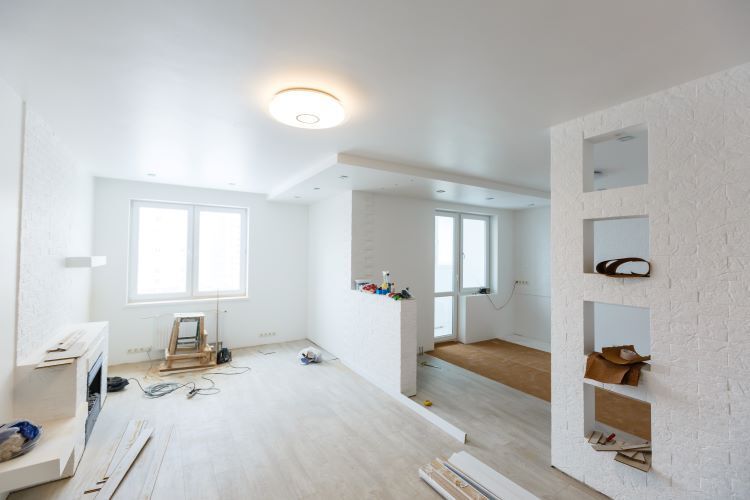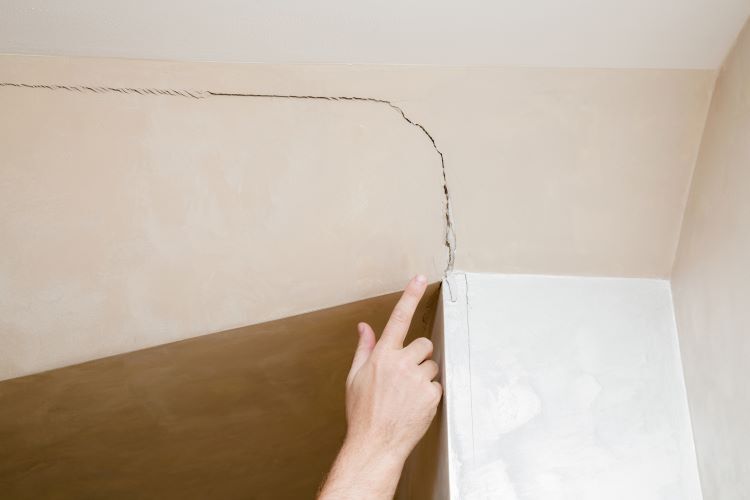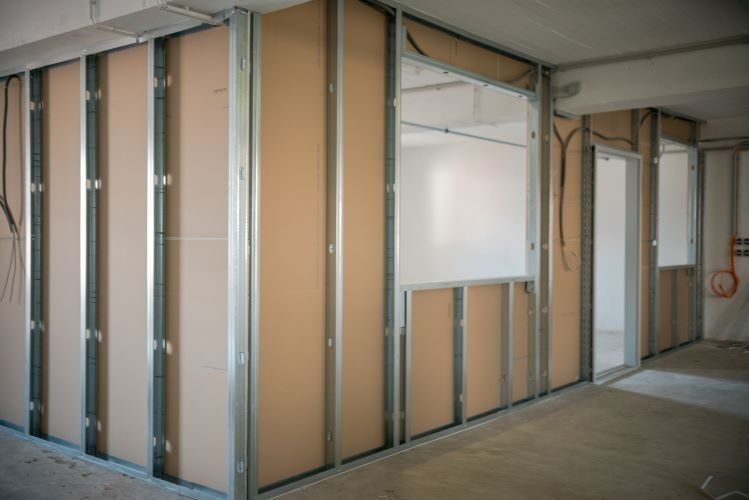How to Repair Drywall After Electrical or Plumbing Work

Whether you've recently installed new lighting, updated your plumbing, or had electrical work done, repairing the drywall afterward is a crucial step in restoring the aesthetic of your home. At Calgary Drywallers, we understand that a smooth, professional finish makes all the difference in maintaining the look and value of your property. Here's a comprehensive guide on how to repair drywall after electrical or plumbing work, helping you achieve a flawless finish.
1. Assess the Damage
Before starting the repair, assess the extent of the damage. Electrical and plumbing work often leaves behind small to large holes in drywall, depending on the scope of the job. Small holes, such as those left by electrical outlets, can be patched easily. Larger holes from plumbing access may require more extensive repairs.
Types of damage you might encounter:
- Small holes: From outlets, switches, or cable runs.
- Medium-sized holes: From access points for wiring or piping.
- Large holes: From bigger cutouts made for replacing pipes or large electrical components.
2. Gather the Right Materials
Having the correct tools and materials on hand ensures your drywall repair is smooth and professional. Here’s what you’ll need:
- Drywall patch or drywall piece (for larger holes)
- Drywall screws
- Drywall tape (paper or mesh)
- Joint compound (drywall mud)
- Utility knife or drywall saw
- Sanding block or sponge
- Putty knife
- Primer and paint (to match your wall)
3. Cut and Clean the Area
Before you start patching, clean up the hole or damaged area. If the edges of the hole are rough or uneven, use a utility knife or drywall saw to trim them for a clean, square shape. Clean cuts make it easier to apply the patch and ensure that the repair blends seamlessly with the surrounding drywall.
For larger holes, you may need to cut out a rectangular or square section around the hole so that a new piece of drywall can fit properly.
4. Patch Small Holes
If you're dealing with small holes (less than 1/2 inch wide), patching can be relatively straightforward.
Steps to patch small holes:
- Apply drywall tape: Cover the hole with a piece of mesh drywall tape. This will help hold the joint compound in place and prevent cracking.
- Apply joint compound: Using a putty knife, spread joint compound over the tape, covering the entire area smoothly. Feather the edges so that it blends into the surrounding drywall.
- Let it dry: Allow the compound to dry according to the manufacturer's instructions, typically 24 hours.
- Sand and reapply: Once dry, sand the area until smooth, then apply a second coat of joint compound if needed. Sand again once it's dry to create an even finish.
5. Repair Medium to Large Holes
For medium to large holes (larger than 1/2 inch), you will need to use a drywall patch or cut a new piece of drywall to fit.
Steps to repair medium to large holes:
- Prepare a drywall patch: If the hole is small enough, you can use a pre-made drywall patch. For larger holes, cut a piece of drywall to fit the hole. Make sure it fits snugly within the hole, and secure it with drywall screws into the wall studs behind the drywall.
- Tape the seams: Place drywall tape over the seams between the patch and the existing drywall. For larger holes, use mesh tape for better reinforcement.
- Apply joint compound: Spread joint compound over the patch and tape. Use a wide putty knife to ensure smooth, even coverage. Feather the edges so that the patched area blends with the rest of the wall.
- Let it dry: Allow the joint compound to dry completely before sanding.
- Sand and reapply compound: Sand the first coat of joint compound until smooth, then apply a second coat if necessary. Repeat the process until the patch is flush with the wall and free of imperfections.
- Final sanding: Once the last coat is dry, give it a final sanding to create a smooth surface.
6. Blend and Finish
Once the drywall repair is complete, blending the patch with the surrounding wall is key to ensuring a seamless finish. This involves priming and painting the repaired area to match the rest of the wall.
Steps to blend and finish:
- Prime the area: Apply a coat of primer to the patched area. This ensures that the paint adheres evenly and that the repaired area doesn’t stand out.
- Paint: Once the primer is dry, paint the patched area with the same color as the surrounding wall. Depending on the color and texture, you may need to apply two coats for complete coverage.
- Texture matching (if needed): If your walls have a specific texture, such as knockdown or orange peel, use a texture spray or tool to match the texture before priming and painting.
7. When to Call a Professional
While small drywall repairs can be handled with some DIY knowledge, larger or more complex jobs are best left to professionals. For example, if you’re dealing with large sections of damaged drywall, or if you want a perfectly seamless finish, the expertise of a drywall contractor can save you time and effort.
At Calgary Drywallers, we specialize in drywall repair services that restore your walls to their original condition after electrical or plumbing work. Whether it’s a small patch or a large-scale repair, our team has the tools and expertise to ensure your home looks flawless once the job is done.
Conclusion
Repairing drywall after electrical or plumbing work doesn’t have to be a daunting task. With the right tools and techniques, you can achieve a smooth, professional finish. However, for more extensive repairs or if you want guaranteed results, consider hiring a professional drywall contractor. At Calgary Drywallers, we’re here to help with all your drywall repair needs, ensuring your home looks as good as new.
Contact us today for professional drywall repair services in Calgary, Alberta, and let us handle your next project with ease!
You might also like


